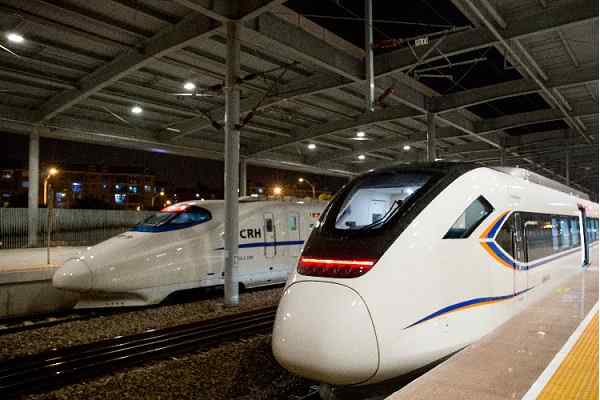 India launches Chamber of Railway Industries (Rail Chamber) on Good Governance Day
India launches Chamber of Railway Industries (Rail Chamber) on Good Governance Day Bangalore Metro network gears up to grow from its current 96 km to 466 km by 2035
Bangalore Metro network gears up to grow from its current 96 km to 466 km by 2035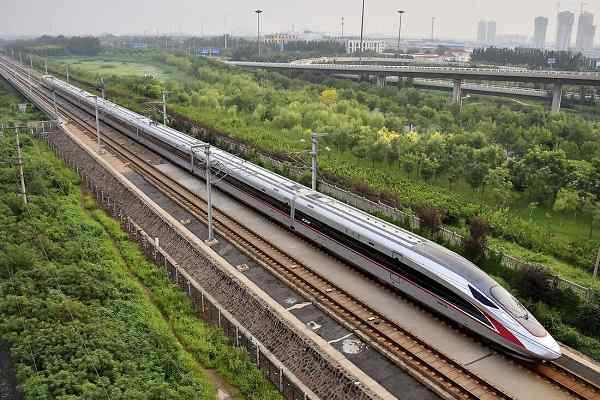 South Korea unveils EMU-370, Set to come World’s Second Fastest High-Speed Train
South Korea unveils EMU-370, Set to come World’s Second Fastest High-Speed Train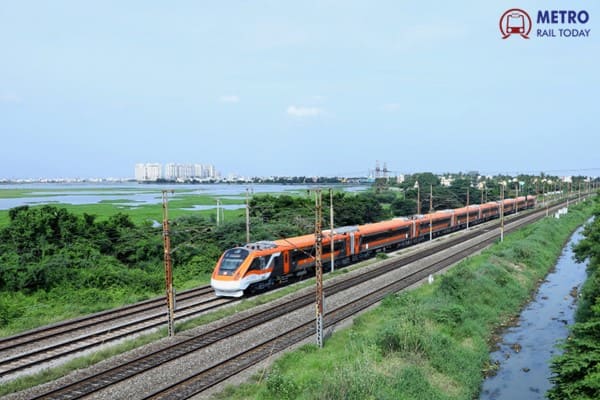 India plans record ₹1.3 Trillion Rail Safety Outlay for FY2026-27
India plans record ₹1.3 Trillion Rail Safety Outlay for FY2026-27 Govt. of India approves three new corridors worth ₹12,015 crore under Delhi Metro Phase V
Govt. of India approves three new corridors worth ₹12,015 crore under Delhi Metro Phase V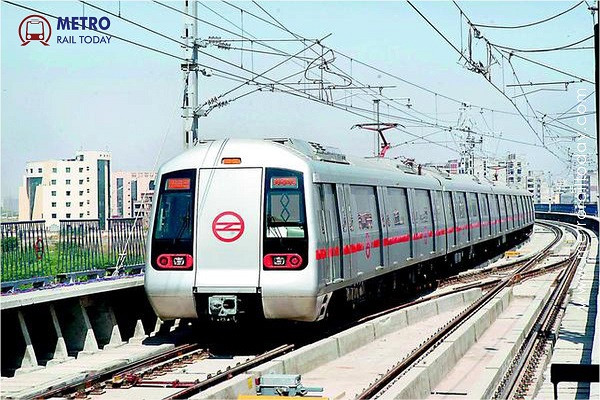 Delhi Metro completes 23 glorious years in public transport service in Delhi-NCR
Delhi Metro completes 23 glorious years in public transport service in Delhi-NCR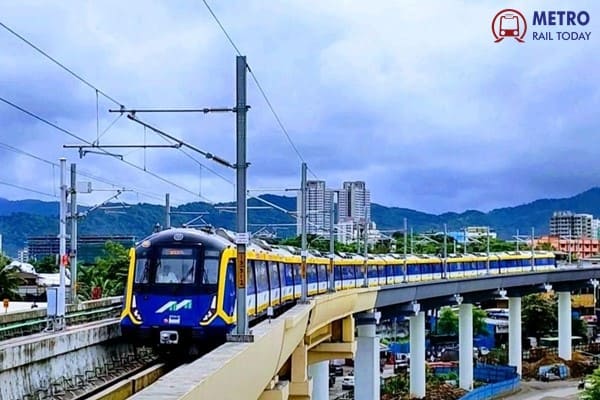 L&T bags major electrification and systems contract for Mumbai Metro Line 4 project
L&T bags major electrification and systems contract for Mumbai Metro Line 4 project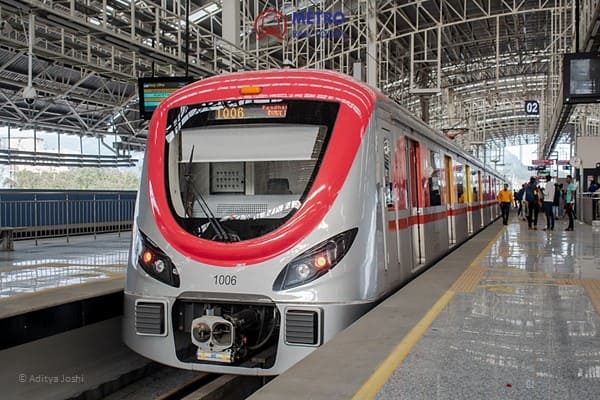 Why many Global Railway OEMs struggle in India — and how they can succeed?
Why many Global Railway OEMs struggle in India — and how they can succeed?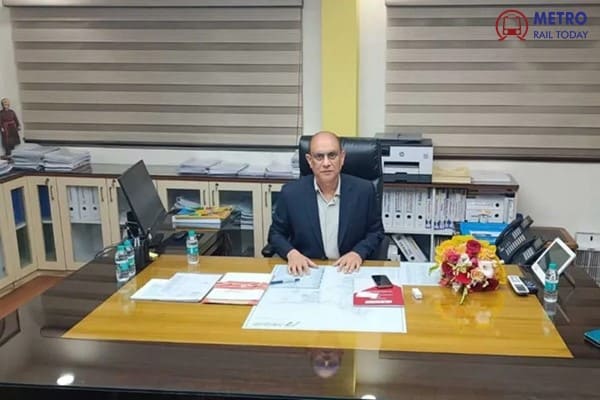 Saleem Ahmad takes charge as new Chairman & Managing Director (CMD) of RVNL
Saleem Ahmad takes charge as new Chairman & Managing Director (CMD) of RVNL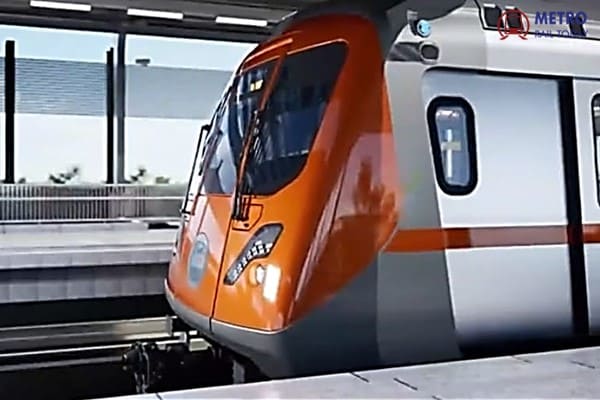 DMRC to implement Advanced AFC System for Bhopal and Indore Metro Rail Projects
DMRC to implement Advanced AFC System for Bhopal and Indore Metro Rail Projects
UAE plans Underwater High Speed Bullet Train Link to connect Dubai with Mumbai
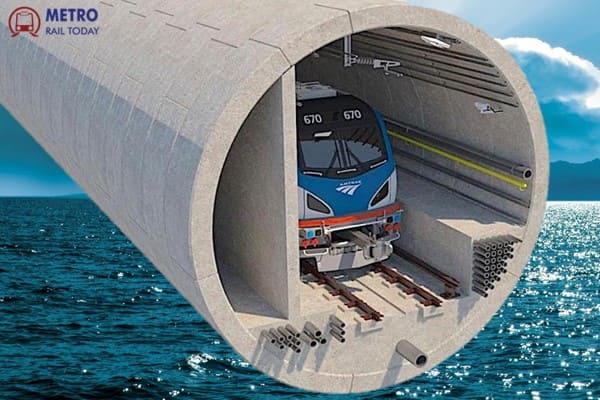
New Delhi, India (Metro Rail Today): In a bold vision for the future of international travel and trade, a proposed underwater rail link between Dubai and Mumbai could reduce the travel time between the two bustling cities to just two hours. This ambitious plan, first unveiled by the UAE’s National Advisor Bureau Limited (NABL), aims to revolutionize the way people and goods move between the Middle East and South Asia. If realized, the project will not only offer an alternative to air travel but also facilitate the swift transportation of goods, including critical commodities like crude oil.
The concept of a high-speed rail system running beneath the waters of the Arabian Sea has long been discussed, but recent updates indicate that the project may be inching closer to reality. According to a video posted by a YouTube account allegedly representing NABL, the rail system will allow passengers to witness the underwater world as they travel at breathtaking speeds. The visuals suggest an immersive experience, with passengers viewing marine life through large, panoramic windows during the journey.
Revolutionizing Travel: Speeds and Connectivity
This proposed rail network is expected to operate at speeds ranging from 600 km/h to an astonishing 1,000 km/h, drastically cutting down the travel time between Mumbai and Dubai. In comparison, air travel between the two cities currently takes over three hours. The underwater rail link, if built, will provide a more efficient and sustainable transportation alternative, one that could rival air travel for both passengers and cargo.
The train will not only serve as a means of passenger transport but also as a key link for the movement of goods, including crude oil. This is particularly significant for the UAE, a major oil exporter, and India, a country that heavily imports oil. The high-speed rail could dramatically improve the speed and efficiency of trade, providing a new route for energy supplies between the two nations.
An Engineering Feat: Challenges and Investments
The proposed project is expected to require billions of dollars in investment, primarily due to the immense technical and engineering challenges involved in constructing such an ambitious underwater network. The project’s scope involves building a rail system that spans the Arabian Sea, with its infrastructure requiring cutting-edge technology to ensure safety, stability, and speed.
If approved, the project could be completed by 2030, marking a significant milestone in the UAE’s and India’s economic and infrastructural collaboration. However, approval is still pending, and the project's future will depend on successful feasibility studies, financial investments, and continued negotiations between the governments and private stakeholders.
A Vision Born Years Ago
The concept of the Mumbai-Dubai underwater rail system has been circulating for several years, with early reports in 2018 announcing the proposal as a joint venture between the UAE and India. At that time, Abdulla Alshehhi, the managing director and chief consultant of NABL, introduced the idea as part of a broader initiative to enhance bilateral trade and connectivity. He highlighted the strategic significance of the project, noting that it would not only facilitate the movement of goods like crude oil from Fujairah port to India but also enable the import of fresh water from the Narmada River in India to the UAE.
Alshehhi emphasized the potential benefits for both nations and the broader region, stating that the rail link could contribute to economic growth by improving export and import activities. The proposed rail network, estimated to span less than 2,000 kilometers, would create a direct, ultra-speed route between the two countries.
The underwater rail project is seen as a symbol of the UAE’s ambition to lead in innovative transportation solutions. It follows the country’s previous forays into futuristic technologies, including driverless flying cars and the Hyperloop. Additionally, the concept shares similarities with other high-speed rail projects underway around the world, such as China’s plan to connect Russia, Canada, and the US via high-speed trains. In India, the Mumbai-Ahmedabad high-speed rail corridor is also under construction, which will include an underwater section.
The Technology Behind the Vision
The proposed underwater rail system would use "maglev" (magnetic levitation) trains, which rely on magnetic forces to propel the trains at incredible speeds while minimizing friction. This technology, already in use in countries like China and Japan, allows for rapid and smooth travel over long distances. The use of maglev trains would be key to achieving the high-speed capabilities of the Mumbai-Dubai rail link, ensuring that it can operate at speeds of up to 1,000 km/h, making it one of the fastest transportation systems in the world.
While floating maglev trains have already been successfully implemented in certain regions, the idea of building such a system underwater remains a groundbreaking challenge. The implementation of this technology in the deep waters of the Arabian Sea would require extensive research, feasibility studies, and the development of new construction techniques to ensure the stability and safety of the rail link.
The Future of Transport
If the Dubai-Mumbai underwater rail project moves forward, it could have a transformative impact on both nations, enhancing trade relations, boosting tourism, and setting a new global standard for high-speed transportation. However, as with any large-scale infrastructure project, there are significant hurdles to overcome before the dream becomes a reality. From environmental concerns to the massive financial commitment required, the next decade will be crucial in determining whether this vision for the future of transport can come to life.
For now, the project remains in the planning stages, with discussions continuing among stakeholders. If it proceeds as planned, the underwater rail link could redefine international travel, offering a fast, sustainable, and innovative way to connect two of the world’s most important economic centers.





